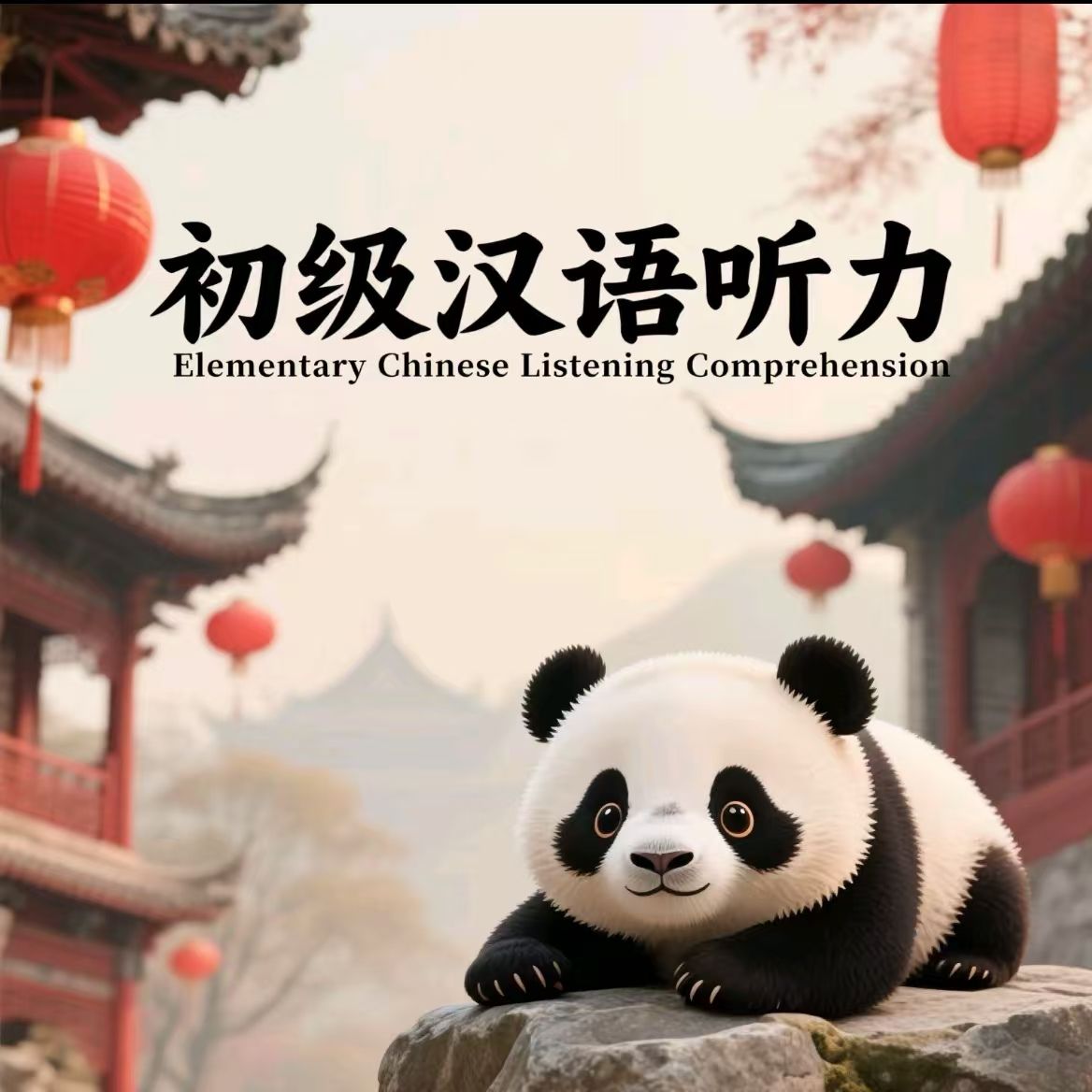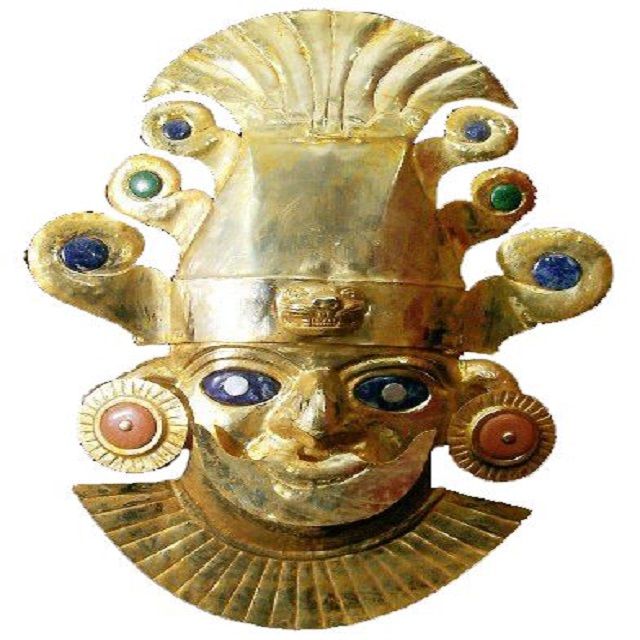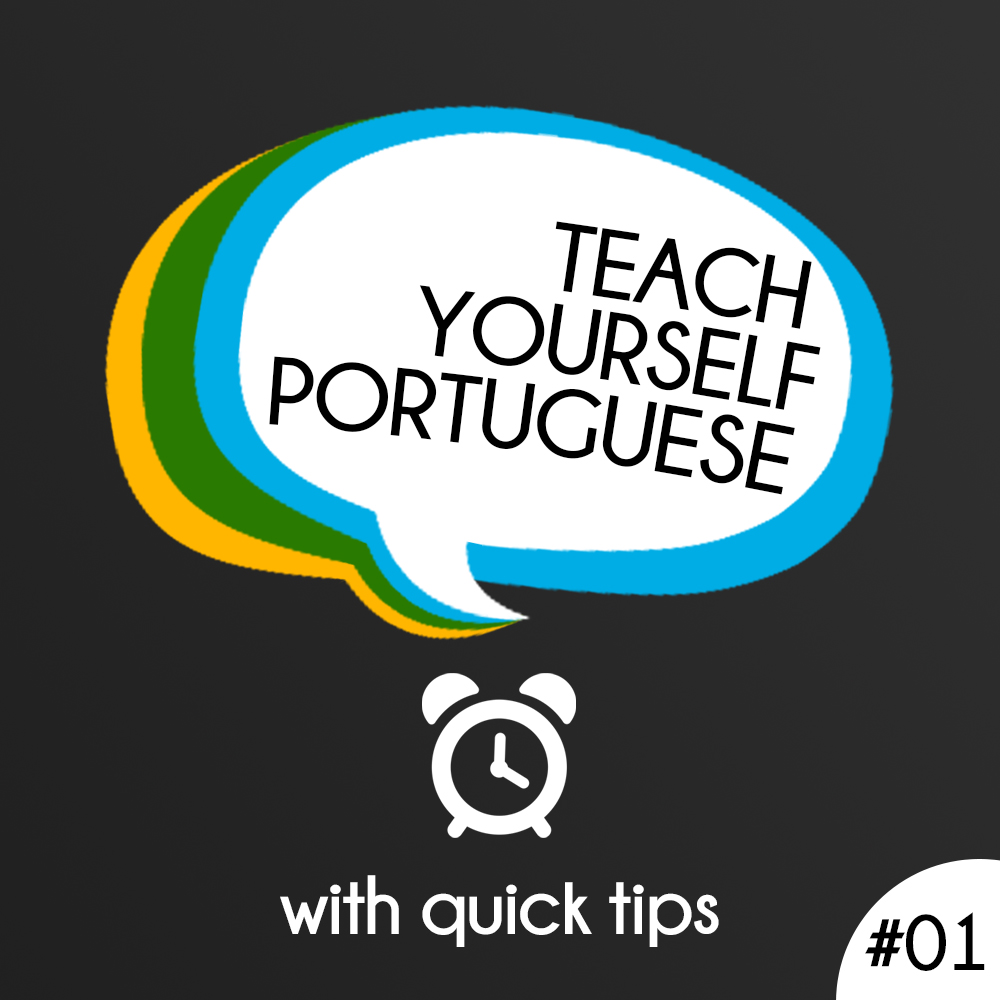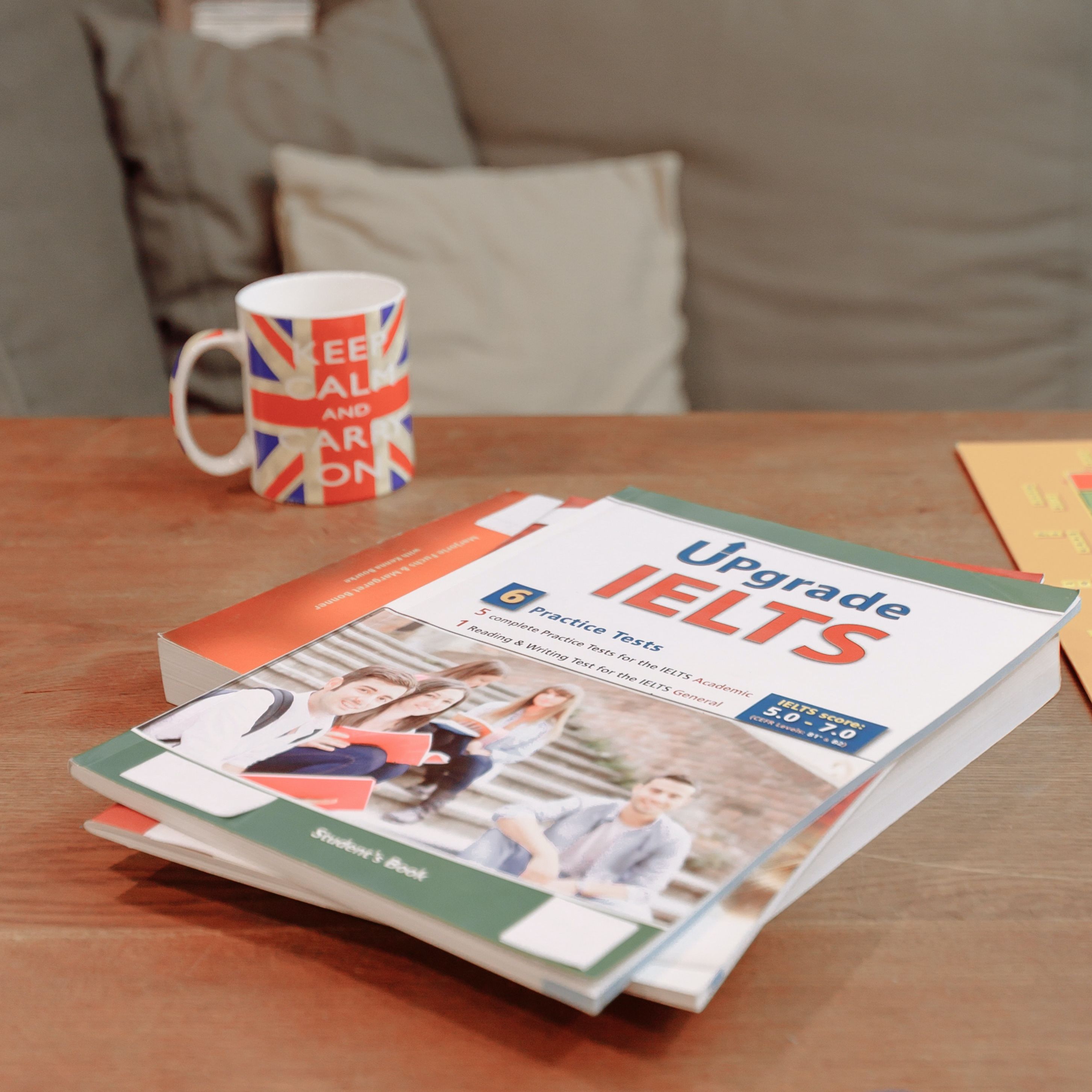ابحث بين معلمي الإنجليزية المتعددين...

Reading Practice & Comprehension. How to spot fake news.
الوصف
Every time you're online, you are bombarded by pictures, articles, links and videos trying to tell their story. Unfortunately, not all of these stories are true. Sometimes they want you to click on another story or advertisement at their own site, other times they want to upset people for political reasons. These days it's so easy to share information. These stories circulate quickly, and the result is … fake news.
There is a range of fake news: from crazy stories which people easily recognise to more subtle types of misinformation. Experts in media studies and online psychology have been examining the fake news phenomenon. Read these tips, and don't get fooled!
1. Check the source
Look at the website where the story comes from. Does it look real? Is the text well written? Are there a variety of other stories or is it just one story? Fake news websites often use addresses that sound like real newspapers, but don't have many real stories about other topics. If you aren't sure, click on the 'About' page and look for a clear description of the organisation.
2. Watch out for fake photos
Many fake news stories use images that are Photoshopped or taken from an unrelated site. Sometimes, if you just look closely at an image, you can see if it has been changed. Or use a tool like Google Reverse Image search. It will show you if the same image has been used in other contexts.
3. Check the story is in other places
Look to see if the story you are reading is on other news sites that you know and trust. If you do find it on many other sites, then it probably isn't fake (although there are some exceptions), as many big news organisations try to check their sources before they publish a story.
4. Look for other signs
There are other techniques that fake news uses. These include using ALL CAPS and lots of ads that pop up when you click on a link. Also, think about how the story makes you feel. If the news story makes you angry, it's probably designed to make you angry.
قناة البث الصوتي
The Habits of Women Growing Into Strong, Confident English Communicators
المؤلف
جميع الحلقات

Beginner Chinese Listening:爸妈不在家 Dad and mom are not at home

Leyendas de la Realeza Inca Rubia

DON'T ERASE THE WORK ETHICS PART

01 - How to say "YES" without using "SIM".

日本の動物園(どうぶつえん) Japanese zoo Top 3

☘ 𝒮𝓅𝑒𝒸𝒾𝒶𝓁 𝐹𝓇𝑒𝑒 𝓉𝒶𝓁𝓀 𝓌𝒾𝓉𝒽 Shiwamさん

IELTS speaking module summary📚📝

Uma Ida ao Médico
حلقات رائجة

Beginner Chinese Listening
Beginner Chinese Listening:爸妈不在家 Dad and mom are not at home

Clan de Autodidactas
Leyendas de la Realeza Inca Rubia

FLO TALKS
DON'T ERASE THE WORK ETHICS PART

Teach Yourself Portuguese
01 - How to say "YES" without using "SIM".

やさしい日本語(にほんご)
日本の動物園(どうぶつえん) Japanese zoo Top 3

日本語の二人会話🧑🤝🧑 Let’s listen to Japanese conversation!!
☘ 𝒮𝓅𝑒𝒸𝒾𝒶𝓁 𝐹𝓇𝑒𝑒 𝓉𝒶𝓁𝓀 𝓌𝒾𝓉𝒽 Shiwamさん

IELTS Insights📚📝
IELTS speaking module summary📚📝

Portuguese Audios for Intermediate Advance B2 -Áudios em Português para Intermédios Avançados B2
Uma Ida ao Médico